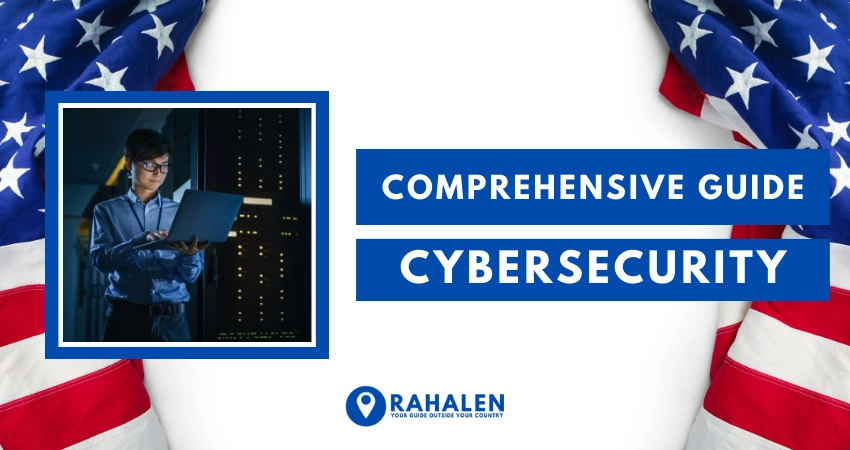Cybersecurity involves safeguarding computer systems, networks, and data from unauthorized access, theft, or damage, employing various technologies, processes, and practices. In the contemporary digital era, where businesses, governments, and individuals extensively engage in online activities, the significance of cybersecurity cannot be overstated. While providing unparalleled convenience, the digital realm exposes us to diverse cyber threats.
The threat landscape in cybersecurity is dynamic, with adversaries continually advancing in sophistication. A comprehensive understanding of the evolution of these threats is crucial for developing effective cybersecurity measures.
Historical Roots
The origins of cybersecurity can be traced back to the early days of computing when the concept of securing systems from unauthorized access first emerged. Over time, the field has evolved due to technological complexity and the corresponding rise in cyber threats.
Milestones in Evolution
Key milestones, such as the development of encryption algorithms and the establishment of the first antivirus programs, mark significant advancements in the evolution of cybersecurity. These milestones have been pivotal in shaping strategies to protect digital assets.
Early Cyber Attacks
Examining early cyber attacks provides insights into vulnerabilities during the initial stages of digital connectivity. Understanding the tactics used in these attacks informs the development of modern cybersecurity measures.
Read Also: Comprehensive Guide to the Job Description of Security Analyst in 2024
The Different Types of Cybersecurity
Embarking upon the vast landscape of cybersecurity unveils a labyrinth of diverse disciplines, intricately woven into the fabric of digital defense. This intricate tapestry encompasses seven fundamental pillars, each serving as a bulwark against the ever-evolving landscape of cyber threats.
Network Security
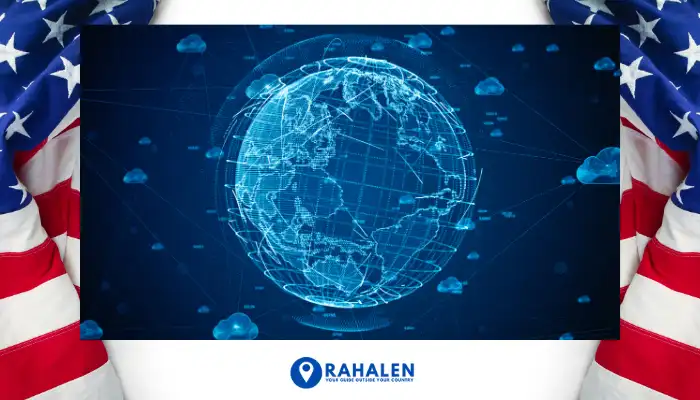
In the ethereal realm of cyberspace, where nefarious entities perpetrate their digital endeavors, network security stands sentinel. An arsenal of sophisticated tools, including Data Loss Prevention (DLP), Identity Access Management (IAM), Network Access Control (NAC), and Next-Generation Firewall (NGFW), converges to fortify against incursions. Embracing advanced layers, technologies like Intrusion Prevention System (IPS), Next-Gen Antivirus (NGAV), Sandboxing, and Content Disarm and Reconstruction (CDR) orchestrate a symphony of defense. Complementary elements, such as network analytics, threat hunting, and the automated dance of Security Orchestration and Response (SOAR) technologies, contribute to a harmonious defense symposium.
Cloud Security

As organizations ascend to the celestial realms of cloud computing, securing this nebulous expanse becomes an imperative. A stratagem for cloud security unfolds—a meticulous blend of cyber solutions, controls, policies, and services designed to shield the entirety of an organization’s cloud deployment. While native cloud security measures exist, they often prove insufficient for achieving the echelons of enterprise-grade security. Hence, supplemental third-party interventions become the sentinels, guarding against breaches and targeted assaults in the cloud. Delve deeper into the realm of cloud security.
Endpoint Security
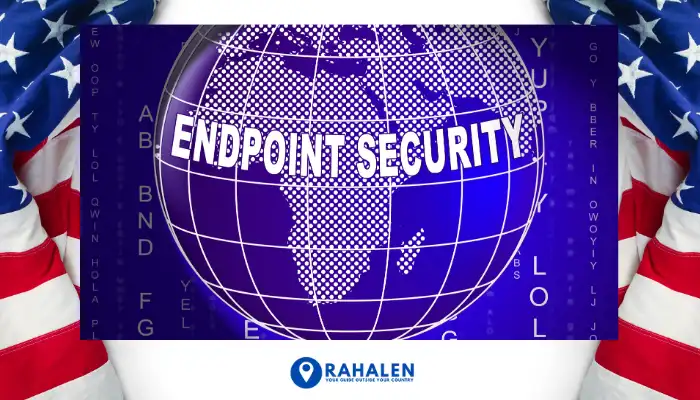
In the realm of zero trust, where skepticism reigns supreme, micro-segments envelop data wherever it may linger. A beacon of defense in a mobile workforce landscape is endpoint security a fortress for end-user devices. Desktops and laptops become bastions, fortified with data and network security controls. Advanced threat prevention, an arsenal against phishing and ransomware, and the artistry of forensics through Endpoint Detection and Response (EDR) solutions adorn this bastion.
Mobile Security
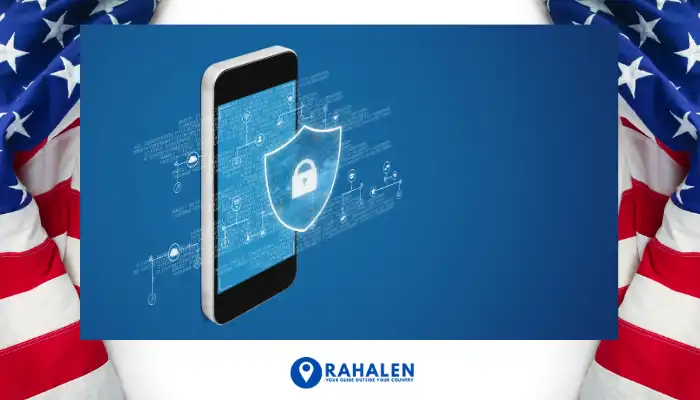
Unassumingly, mobile devices—tablets and smartphones—tread the corridors of corporate data, potentially laying bare the organization to an array of threats. Mobile security arises as the guardian, thwarting malicious apps, zero-day exploits, phishing endeavors, and Instant Messaging (IM) stratagems. Operating systems and devices find sanctuary from rooting and jailbreaking. Coupled with Mobile Device Management (MDM) solutions, this vigilance ensures that only compliant mobile devices gain entry to corporate assets.
IoT Security
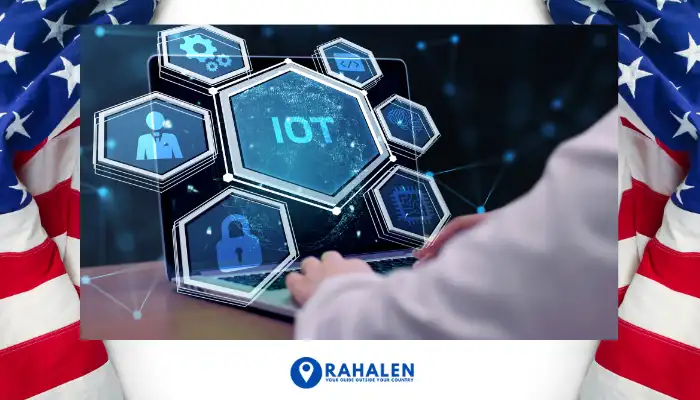
The proliferation of Internet of Things (IoT) devices ushers in an era of heightened productivity, but concurrently, a portal to novel cyber threats. Vigilant guardianship is necessary as threat actors seek vulnerable devices, unwittingly connected to the Internet. IoT security unveils its mantle, encompassing discovery and classification of connected devices, auto-segmentation to wield control over network activities, and the virtual patching prowess of Intrusion Prevention System (IPS). Firmware augmentation, with diminutive agents, erects a formidable barrier against exploits and runtime attacks.
Application Security

Web applications, akin to exposed sentinels in the digital frontier, beckon threats from malevolent entities. Since 2007, the Open Web Application Security Project (OWASP) has chronicled the decalog of threats to critical web application security. Injection, broken authentication, misconfiguration, and cross-site scripting loom large among these threats. Application security emerges as the guardian, thwarting the advances of the OWASP Top 10 and fending off bot attacks. An embrace of continuous learning ensures the perpetual safeguarding of applications, even as the cadence of DevOps births new content.
Zero Trust

In the annals of security evolution, the traditional model, akin to a fortress protecting valuable assets, faces tribulations. Insider threats and the evanescent boundaries of the network perimeter necessitate a paradigm shift. Enter the era of Zero Trust—a granular security approach that safeguards individual resources through the alchemy of micro-segmentation, vigilant monitoring, and the enigma of role-based access controls. As corporate assets embark on an off-premises odyssey, propelled by cloud adoption and remote work, Zero Trust emerges as the custodian of security’s new dawn.
Cyber Threats and Attacks
- Malware: Includes viruses, worms, and ransomware, necessitating an understanding of characteristics and behaviors for effective mitigation.
- Phishing: Aims to trick individuals into divulging sensitive information, requiring a combination of technology and user awareness.
- DDoS Attacks: Disrupts networks by overwhelming them with traffic, mitigated through robust network infrastructure and filtering mechanisms.
- Ransomware: Encrypts user data, requiring prevention strategies like regular backups, security awareness training, and advanced endpoint protection.
- Insider Threats: Arise within organizations, demanding monitoring of user activities and implementation of access controls.
- Zero-Day Exploits: Target vulnerabilities unknown to the vendor, addressed through timely updates, intrusion detection systems, and vulnerability management.
- Advanced Persistent Threats (APTs): Prolonged, targeted attacks necessitate advanced threat intelligence, continuous monitoring, and incident response capabilities.
Cybersecurity Technologies
- Firewalls: Act as a barrier between trusted internal and untrusted external networks, controlling traffic with next-generation features.
- Antivirus Software: Detects and removes malicious software using heuristic analysis and machine learning.
- Intrusion Detection Systems (IDS): Monitors network and/or system activities for malicious or policy violations through network-based and host-based approaches.
- Encryption: Protects data by converting it into an unreadable format, ensuring secure communication.
- Multi-Factor Authentication (MFA): Adds an extra layer of security, reducing the risk of unauthorized access.
- Security Information and Event Management (SIEM): Collects and analyzes log data to detect and respond to security events.
- Artificial Intelligence in Cybersecurity: Utilizes AI for threat detection, pattern recognition, and automated incident response, enhancing adaptability to evolving threats.
Regulatory Landscape
- GDPR: Imposes stringent data protection requirements on organizations handling European Union residents’ personal data.
- HIPAA: Establishes security standards for protecting healthcare information, ensuring confidentiality and integrity.
- Cybersecurity Frameworks (NIST, ISO/IEC 27001): Provide guidelines and best practices for organizations to establish effective cybersecurity programs.
Cybersecurity Best Practices
- Regular Security Audits: Assess the effectiveness of cybersecurity measures and identify potential vulnerabilities for continuous improvement.
- Incident Response Plan: Minimize the impact of cybersecurity incidents through a well-defined plan, regularly reviewed and updated.
- Employee Training: Educate employees about potential threats, phishing tactics, and adherence to security protocols.
- Regular Software Updates: Patch vulnerabilities and address security flaws through regular updates facilitated by automated patch management systems.
- Collaboration with Cybersecurity Experts: Partner with cybersecurity experts and consulting firms for valuable insights and specialized knowledge.
- Backup and Recovery Strategies: Implement robust strategies to ensure critical data can be restored during a cybersecurity incident, regularly testing backup systems for effectiveness.
Challenges in Cybersecurity
- Rapidly Evolving Threats: The dynamic nature of cyber threats poses a continuous challenge, requiring proactive strategies for effective defense.
- Shortage of Skilled Professionals: A growing demand for skilled cybersecurity professionals persists, necessitating education and training to address workforce gaps.
- Balancing Security and Usability: Striking a balance between robust security measures and user-friendly experiences remains challenging, emphasizing the need for a nuanced approach.
Future Trends in Cybersecurity
- Quantum Computing and Its Impact: Introduces new challenges and opportunities, prompting exploration of quantum-resistant encryption and protocols.
- Biometric Authentication: Gains prominence for effectiveness and convenience, enhancing authentication processes.
- Enhanced AI Integration: Anticipated to play an increasingly integral role in threat detection, pattern recognition, and automated incident response.
- Blockchain in Cybersecurity: Explores applications in securing transactions, data integrity, and identity verification for fortified cybersecurity.
- Threat Intelligence Sharing Platforms: Collaborative platforms enhance collective cybersecurity resilience by sharing information about evolving threats.
Case Studies
- Notable Cybersecurity Breaches: Valuable insights into cybercriminal tactics, highlighting areas for improvement in cybersecurity strategies.
- Successful Cybersecurity Implementations: Analyzing instances where cybersecurity measures successfully thwarted attacks offers lessons for effective defense.
Ethical Considerations in Cybersecurity
- Privacy Concerns: As cybersecurity measures advance, ethical considerations surrounding user privacy become crucial, requiring a balance between security and individual privacy rights.
- Ethical Hacking: Authorized professionals testing systems for vulnerabilities play a crucial role in identifying and addressing security weaknesses.
- Cybersecurity and Human Rights: Raises complex ethical questions, requiring a careful balance between security needs and preserving individual freedoms.
International Cooperation in Cybersecurity
- Global Cybersecurity Collaboration: Recognizes the need for international collaboration in responding to cyber threats, facilitating the sharing of threat intelligence and best practices.
- International Cybersecurity Agreements: Establishing agreements fosters a framework for cooperation among nations, outlining guidelines for responding to cyber threats.
The Role of Governments in Cybersecurity
- Cybersecurity Policies: Governments shape policies that set standards for organizations and individuals, guiding the implementation of effective cybersecurity measures nationally.
- National Cybersecurity Agencies: Tasked with monitoring, analyzing, and responding to cyber threats within a country, often collaborating with the private sector.
Cybersecurity in Different Sectors
- Healthcare: Faces unique challenges due to the sensitivity of patient data, requiring robust measures to protect medical records and ensure patient confidentiality.
- Finance: Financial institutions are prime targets for cyber-attacks and necessitate stringent cybersecurity measures for securing high-value financial data.
- Critical Infrastructure: Susceptible to cyber threats with potentially severe consequences, requiring strategies to prevent disruptions and ensure public safety.
Cybersecurity and the Internet of Things (IoT)
- IoT Security Challenges: The proliferation of connected devices introduces new challenges, demanding robust authentication, encryption, and regular firmware updates.
- Securing Connected Devices: The growing number of connected devices necessitates prioritizing cybersecurity to prevent unauthorized access and potential exploitation.
The Human Element in Cybersecurity
- Social Engineering: Exploits human psychology to manipulate individuals into divulging sensitive information, emphasizing the need for education and awareness programs.
- Cybersecurity Culture in Organizations: Establishing a strong cybersecurity culture involves fostering collective awareness of security risks and instilling responsible practices through employee engagement and continuous training.
Cybersecurity for Small and Medium-sized Enterprises (SMEs)
- Unique Challenges: SMEs face distinct challenges, including limited resources and expertise, requiring tailored cybersecurity solutions for risk mitigation.
- Affordable Cybersecurity Solutions: Critical for SMEs, involving cloud-based security services, employee training, and collaborative initiatives to enhance cybersecurity cost-effectively.
Education and Certification in Cybersecurity
- Recognized Cybersecurity Certifications: Certifications such as CISSP and CEH validate cybersecurity professionals’ expertise, serving as pathways to enhancing skills and credibility.
- Importance of Continuous Learning: Given the dynamic nature of cybersecurity, continuous learning is indispensable for staying informed about emerging threats, technologies, and industry best practices.
Cybersecurity in the Age of Remote Work
- Remote Work Challenges: The shift to remote work introduces additional cybersecurity challenges, including securing home networks.
- Securing Remote Work Environments: Necessitates a holistic approach, including secure communication tools, VPNs, and stringent access controls, requiring organizations to adapt cybersecurity strategies to the distributed nature of remote work.

